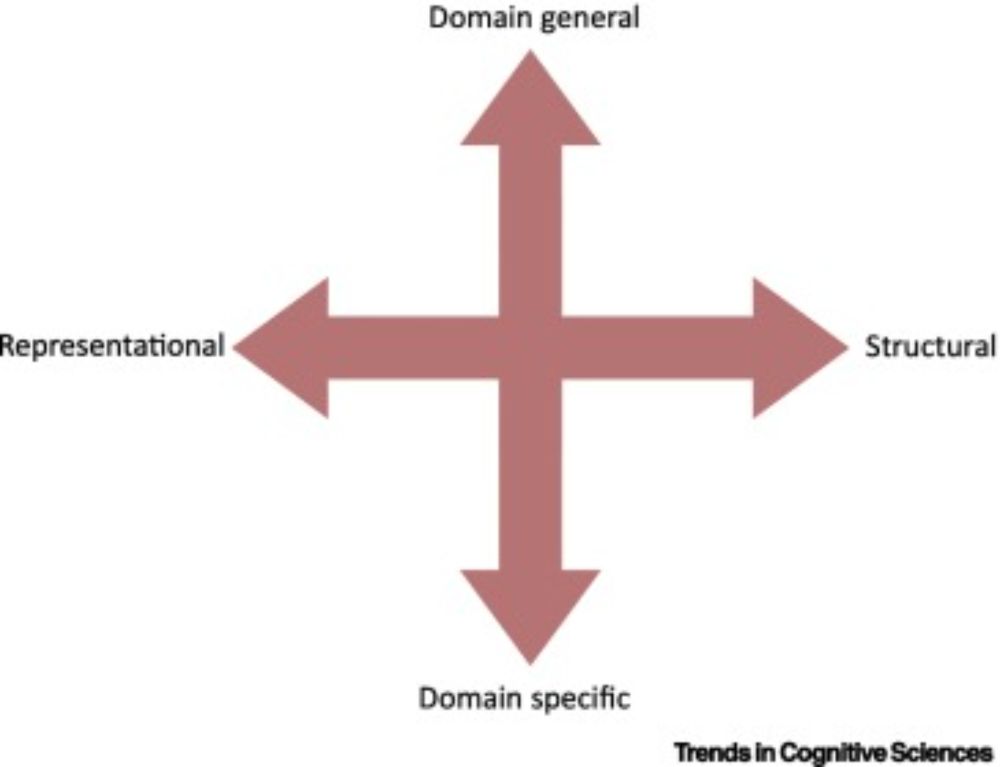Sho Akamine
@shoakamine.bsky.social
440 followers
440 following
33 posts
Ph.D candidate @mpi-nl.bsky.social studying multimodal alignment in social interaction. Interested in #mulitmodality, #interaction, #kinematics, #stats, #causal_inference. Okinawa🇯🇵 → Nijmegen🇳🇱
Posts
Media
Videos
Starter Packs
Reposted by Sho Akamine
Sho Akamine
@shoakamine.bsky.social
· Aug 17
Sho Akamine
@shoakamine.bsky.social
· Aug 17
Sho Akamine
@shoakamine.bsky.social
· Aug 17
Sho Akamine
@shoakamine.bsky.social
· Aug 15
Reposted by Sho Akamine
Sho Akamine
@shoakamine.bsky.social
· Aug 14
Sho Akamine
@shoakamine.bsky.social
· Aug 14
Sho Akamine
@shoakamine.bsky.social
· Aug 13
Sho Akamine
@shoakamine.bsky.social
· Aug 13
Reposted by Sho Akamine
Jamie Reilly 🦜
@reilly-coglab.com
· Jul 22
Reposted by Sho Akamine
Caroline Rowland
@carorowland.bsky.social
· Jun 27

Constructing language: a framework for explaining acquisition
Explaining how children build a language system is a central goal of research in language
acquisition, with broad implications for language evolution, adult language processing,
and artificial intelli...
www.cell.com
Sho Akamine
@shoakamine.bsky.social
· Jul 16
Sho Akamine
@shoakamine.bsky.social
· Jul 16
Reposted by Sho Akamine
Sho Akamine
@shoakamine.bsky.social
· Jul 16
Sho Akamine
@shoakamine.bsky.social
· Jul 12
Reposted by Sho Akamine
Sho Akamine
@shoakamine.bsky.social
· Jul 11
Sho Akamine
@shoakamine.bsky.social
· Jul 11
Reposted by Sho Akamine







